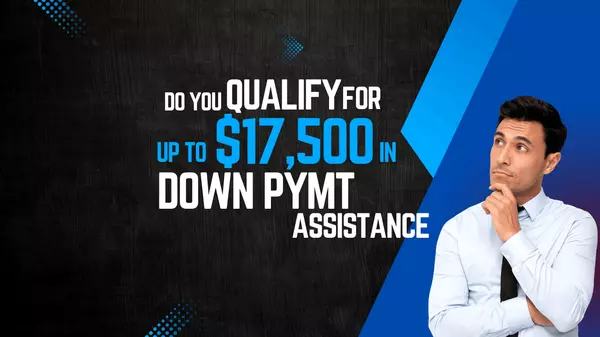How to Seller Finance a Home in Texas: How It Works & Why It Might Be the Right Move

If you're buying or selling a home in Texas and considering alternatives to traditional bank loans, seller financing could be the perfect fit. Whether you're a buyer looking for flexible options or a seller wanting to expand your pool of potential buyers, seller financing offers a unique way to get to the closing table—without relying on a mortgage lender.
Let’s dive into how seller financing works in Texas, the documents you'll need, and the pros and cons to keep in mind.
📝 What Is Seller Financing?
Seller financing, sometimes called owner financing, is a method where the seller acts as the bank. Instead of the buyer getting a loan from a traditional lender, they make payments directly to the seller over time. The terms of the loan—interest rate, payment schedule, and more—are agreed upon in writing.
In Texas, we use the promulgated TREC 1-4 Family Residential Resale Contract along with the Seller Financing Addendum. These forms outline the terms, protections, and expectations for both parties.
📜 Does the Buyer’s Name Go on the Deed?
Yes! In a typical seller-financed transaction, the buyer receives the deed at closing, just like in a traditional sale. The seller holds a lien on the property—similar to a bank mortgage—and can foreclose if the buyer defaults. This gives the buyer full ownership rights, including the ability to build equity and sell the property later.
💰 Interest Rates & Down Payments
Interest rates on seller-financed homes are typically about 1% higher than the current prime rate. This is due to the increased risk sellers take by not using a third-party lender.
Down payments usually range from 10% to 20%, but this can vary depending on the seller, property, and buyer’s financial situation. Sellers may be more flexible than banks, but they still want to see commitment and security.
📂 What Will Buyers Need to Provide?
Even though you're not applying through a traditional lender, many sellers still want to verify a buyer’s ability to repay the loan. You may be asked to provide:
✅ Credit report
✅ Proof of employment
✅ Verification of funds (for the down payment and reserves)
✅ Recent tax returns
✅ Bank statements
✅ Personal financial statement
This gives the seller confidence in your ability to make consistent payments.
✅ Why Choose Seller Financing?
Here are some of the main advantages:
-
Flexible qualifications – Ideal for buyers who are self-employed, have non-traditional income, or are recovering from credit issues.
-
Faster closings – Skip the long approval process with banks.
-
Customizable terms – Everything from the interest rate to the payment structure is negotiable.
-
Helps sellers move properties faster – Especially helpful for unique or hard-to-finance homes.
⚠️ What Are the Cons?
While seller financing offers plenty of benefits, there are a few potential downsides:
-
Higher interest rates than traditional loans.
-
Due-on-sale clause risks if the seller still has a mortgage (we have an easy solution to this)
-
Shorter loan terms – Some sellers want balloon payments in 5-7 years.
-
Limited inventory – Not all homes are eligible or offered with this type of financing.
🏡 Who Should Consider Seller Financing?
Seller financing is a great fit for:
-
Buyers who don’t qualify for a traditional mortgage yet
-
Investors purchasing fix-and-flips or rentals
-
Buyers looking for flexibility in negotiations
-
Sellers looking to earn interest income and close quickly
🔍 What’s the Process?
-
Negotiate Terms – Down payment, interest rate, monthly payment, and loan duration.
-
Complete the Contract – Using the TREC 1-4 Family Contract and Seller Financing Addendum.
-
Title Company Handles Closing – Yes, title companies are used in seller-financed transactions to ensure a proper title search, escrow, and recording of the deed and lien.
-
Deed Transfers to Buyer – At closing, the buyer becomes the legal owner.
-
Payments Begin – Buyer starts paying the seller according to the agreed-upon schedule.
Final Thoughts
Seller financing isn’t for everyone, but when used correctly, it can open doors for buyers and sellers alike. It’s flexible, efficient, and increasingly common in Texas—especially in competitive markets where buyers need alternatives.
If you're curious whether seller financing is right for you, we’d love to chat. At Houzable, we help our clients navigate every option available—traditional or creative—so they can move forward with clarity and confidence.
Categories
Recent Posts










